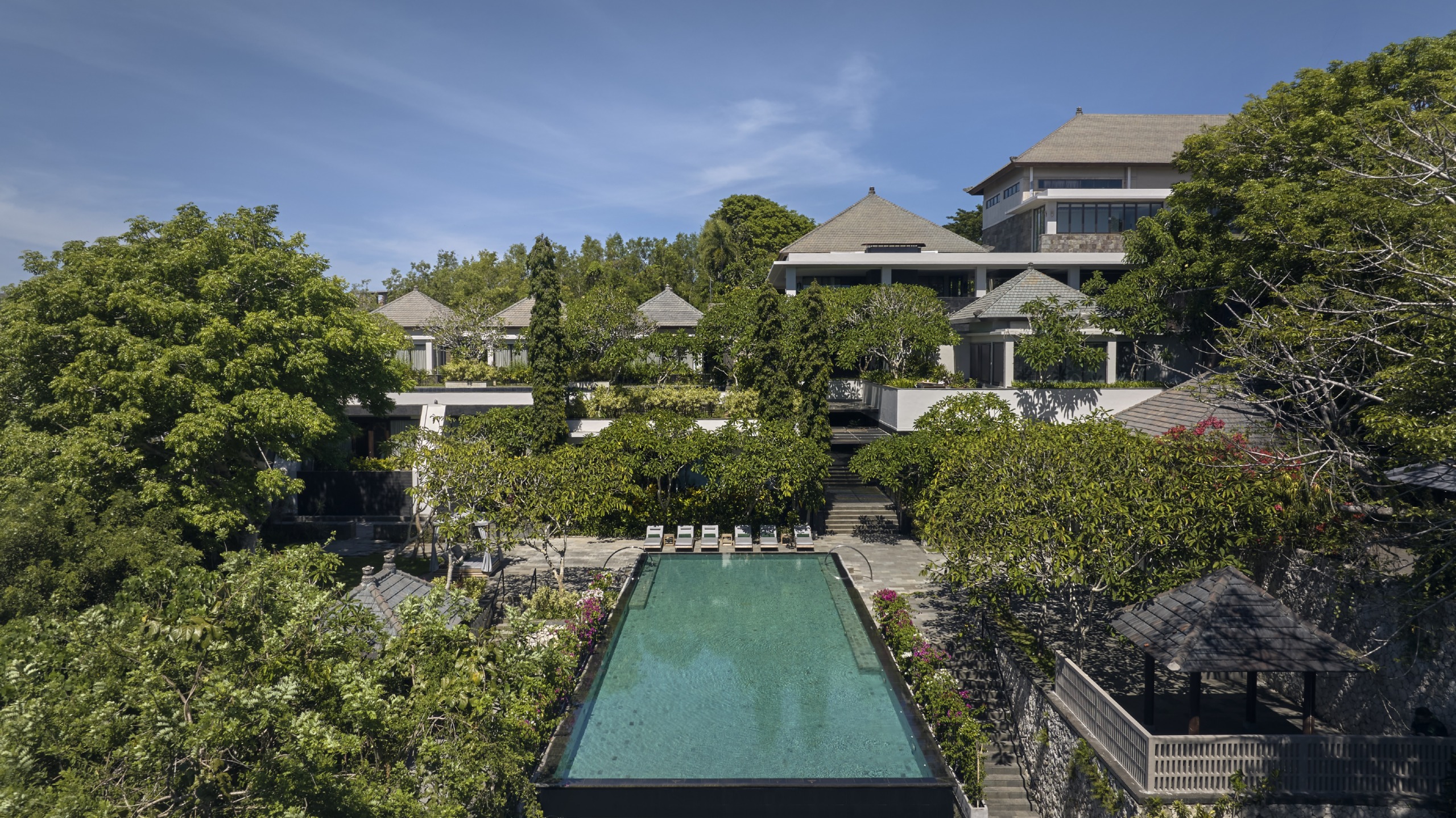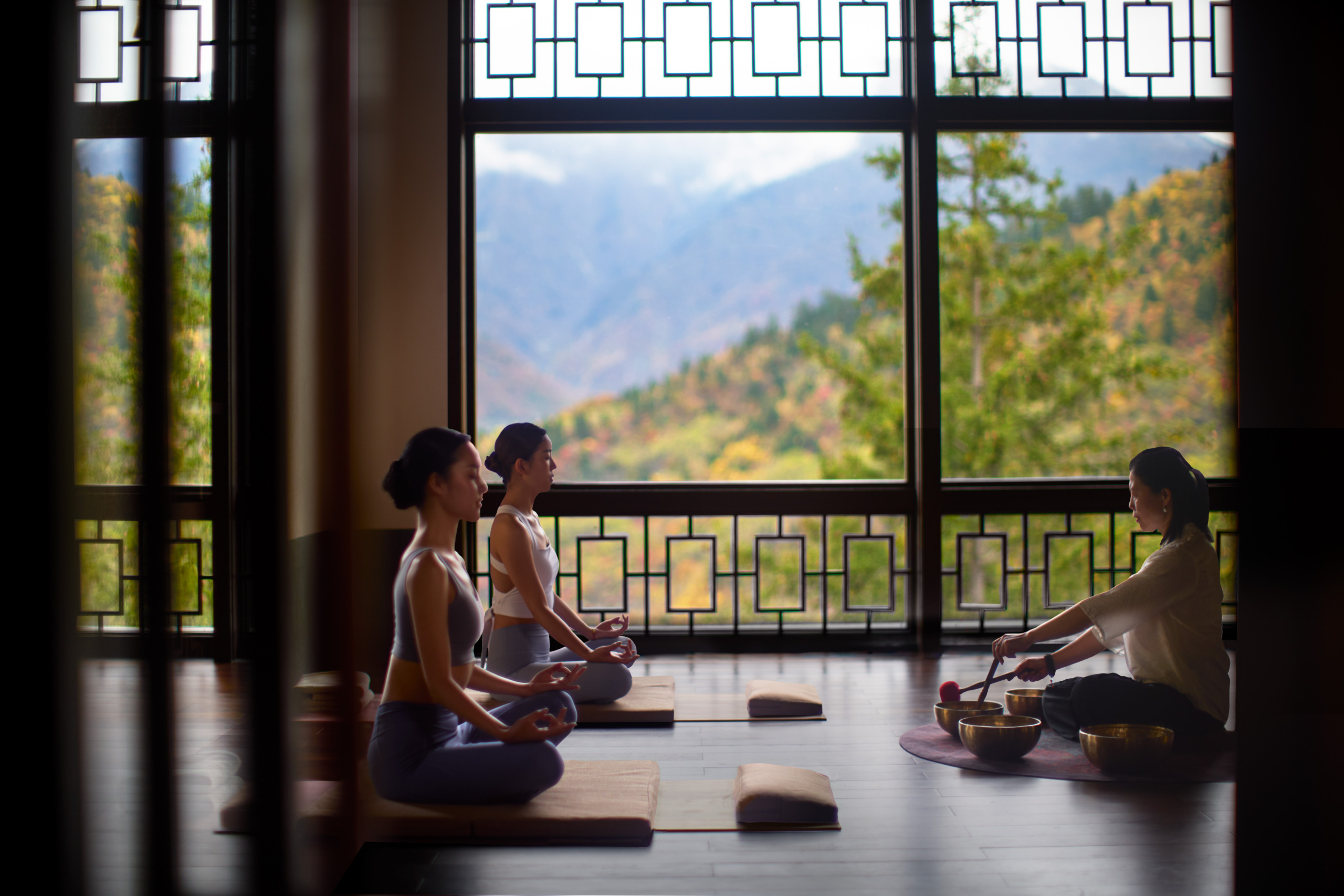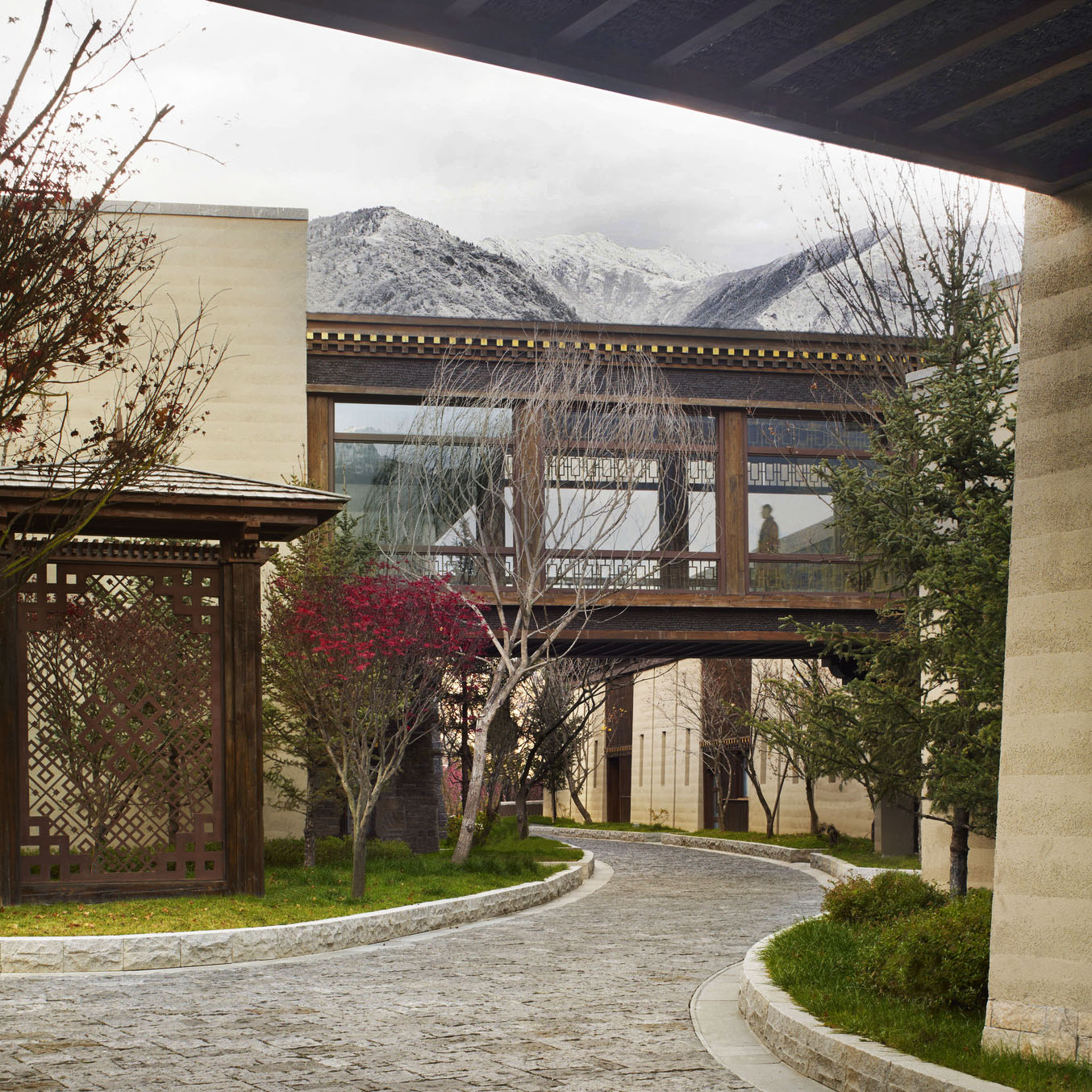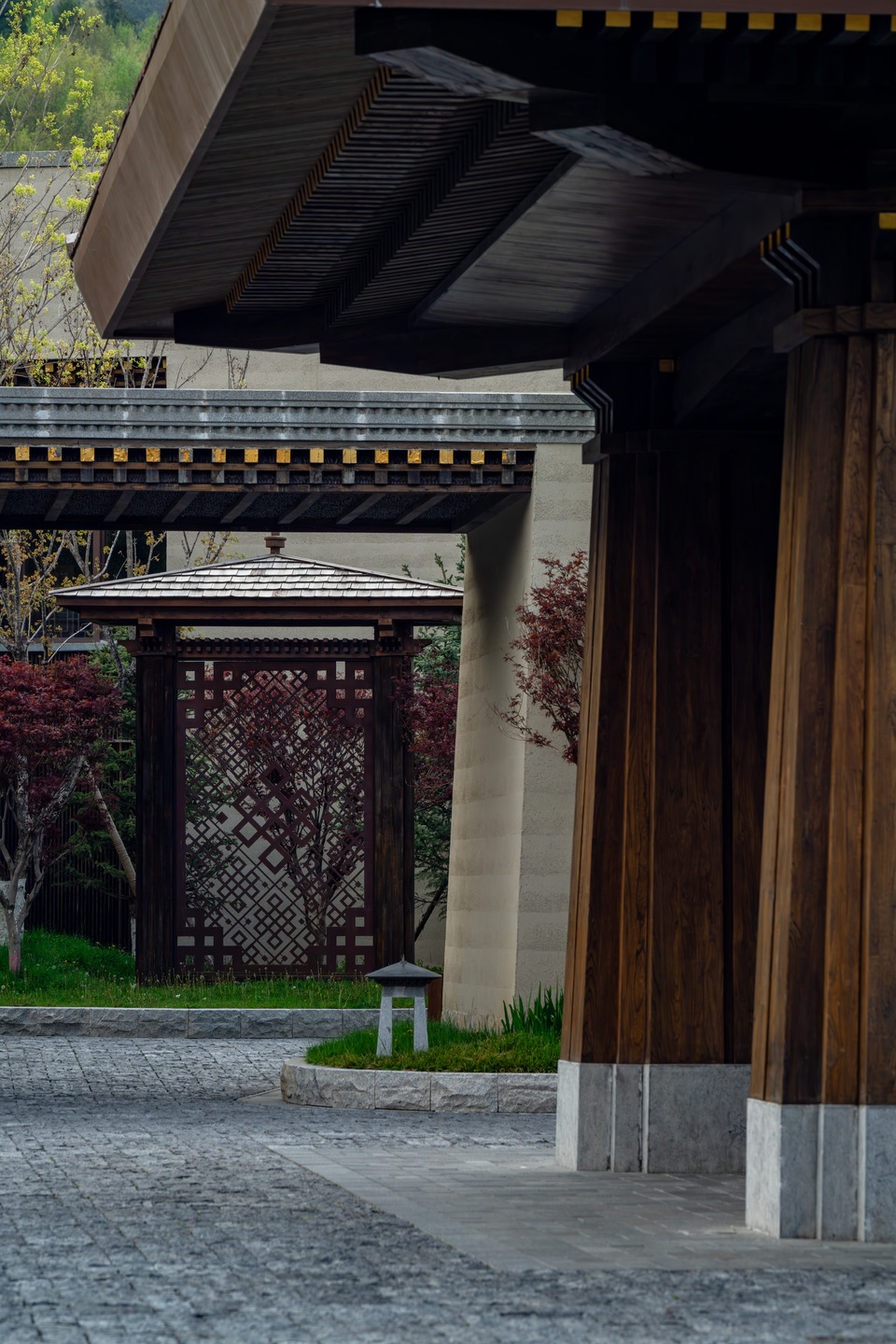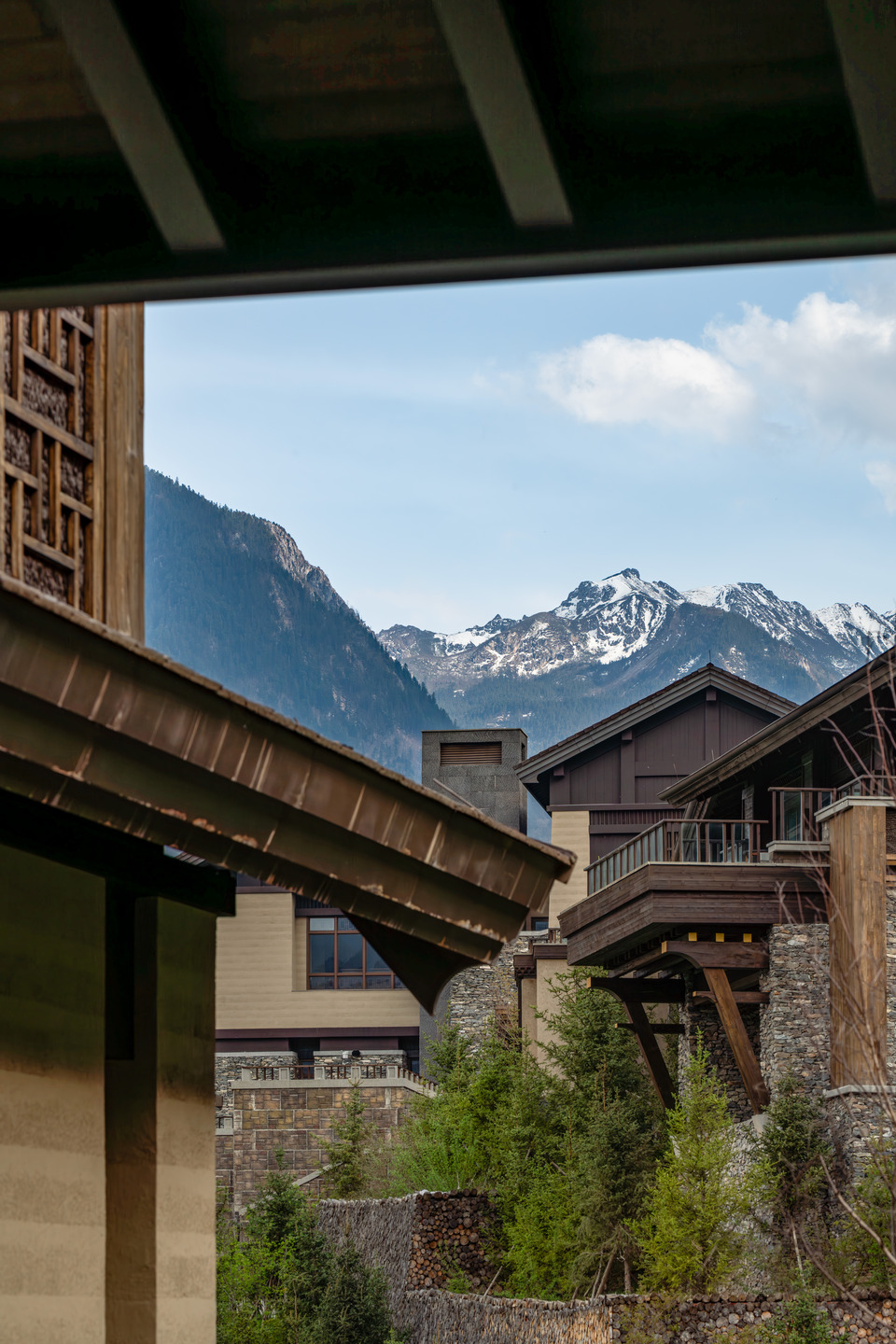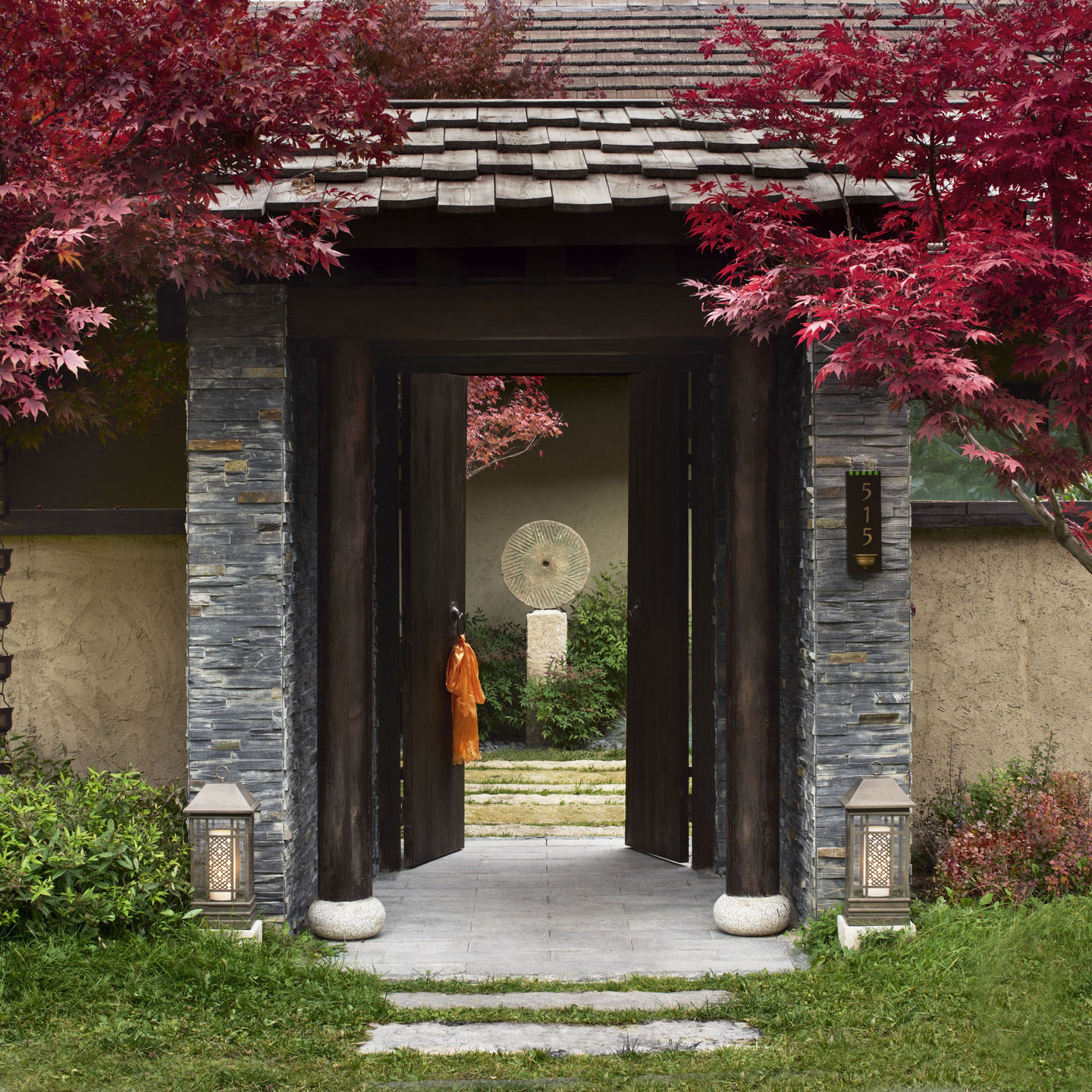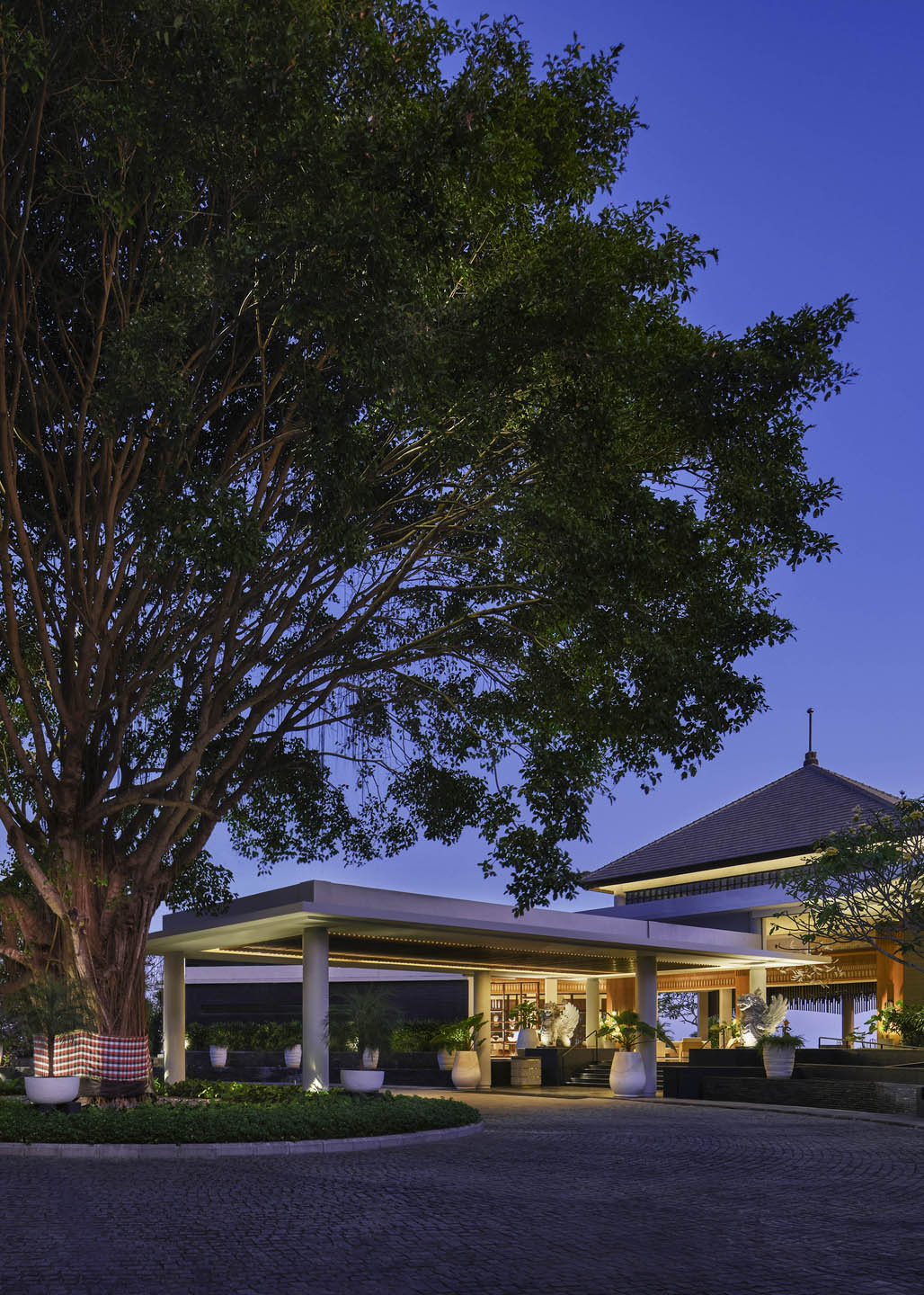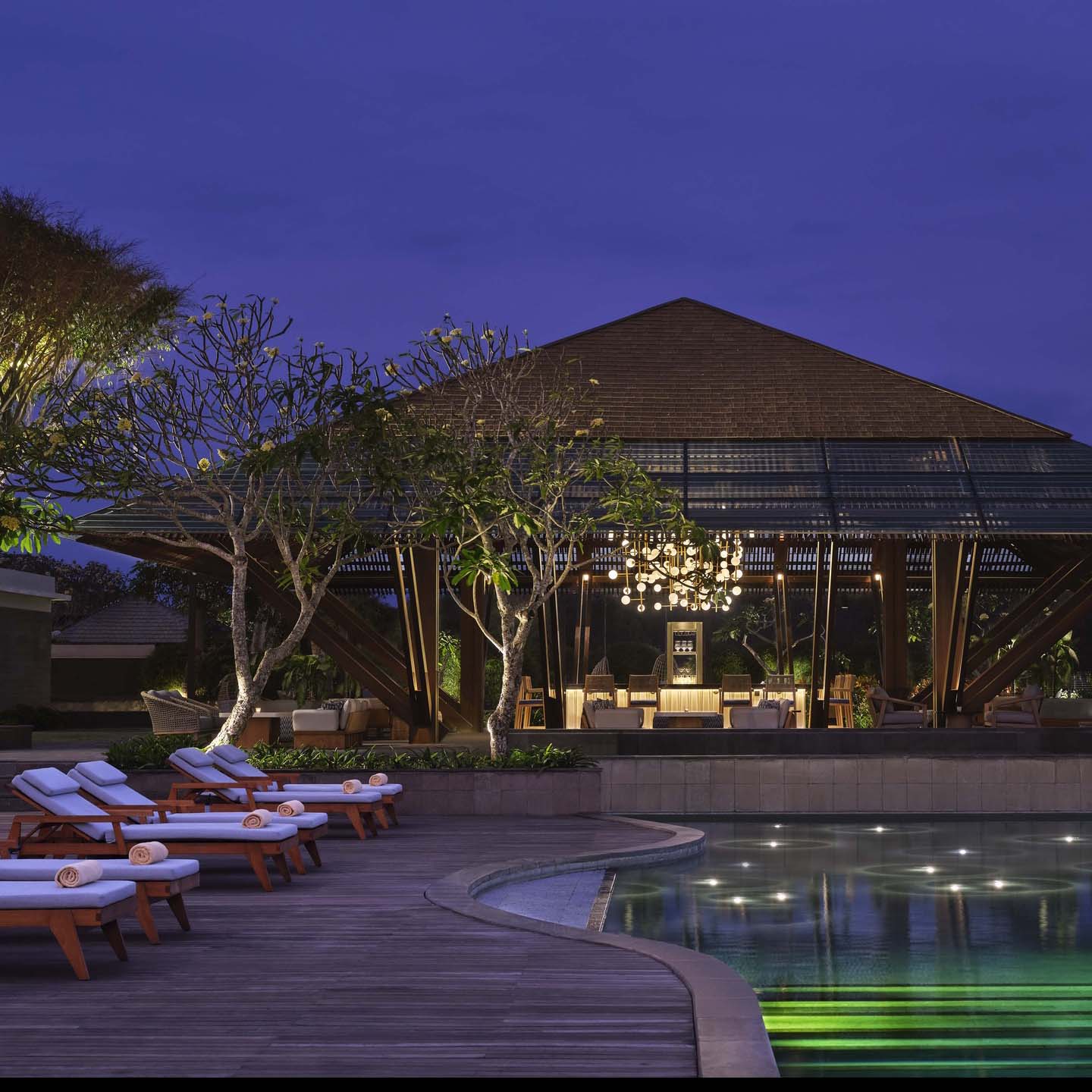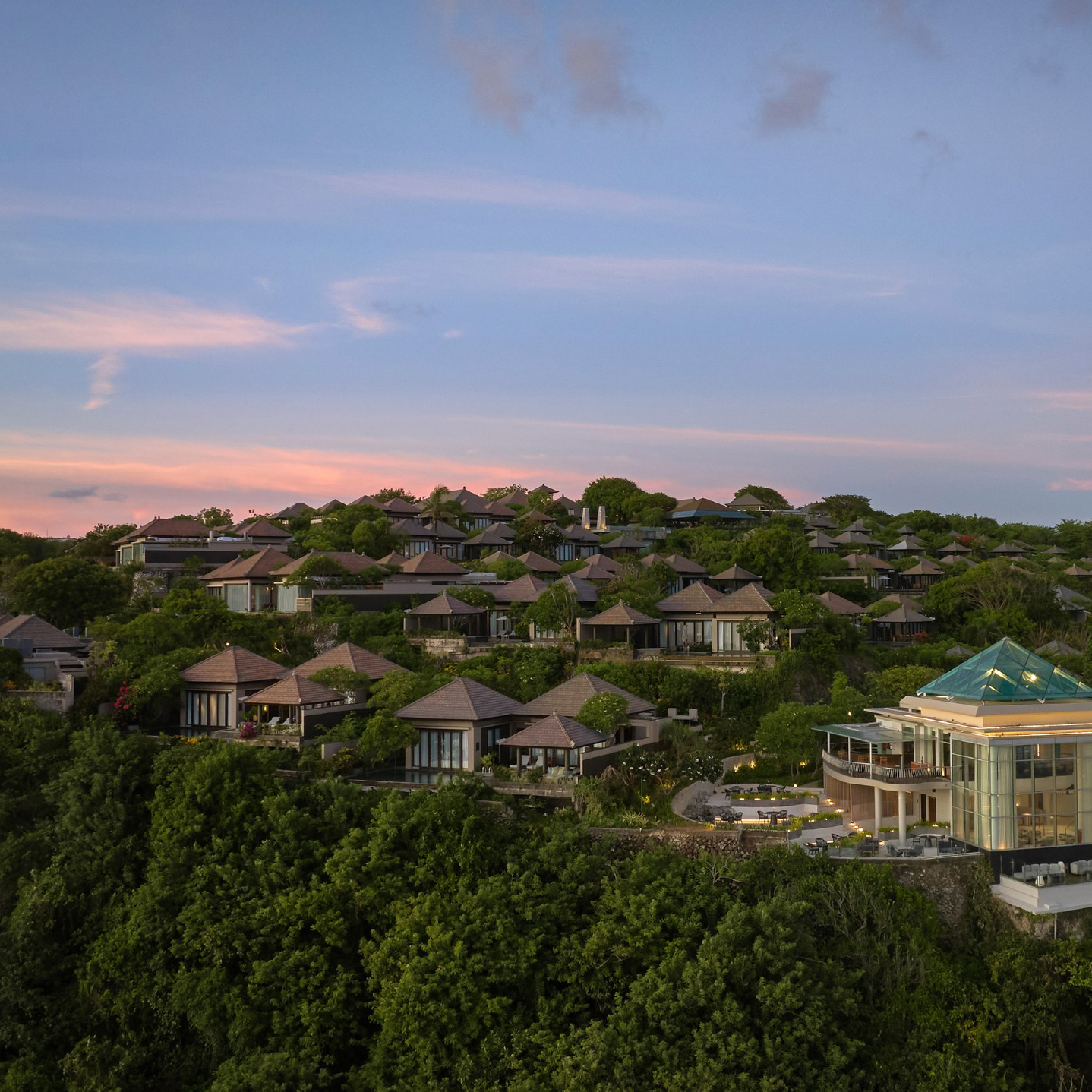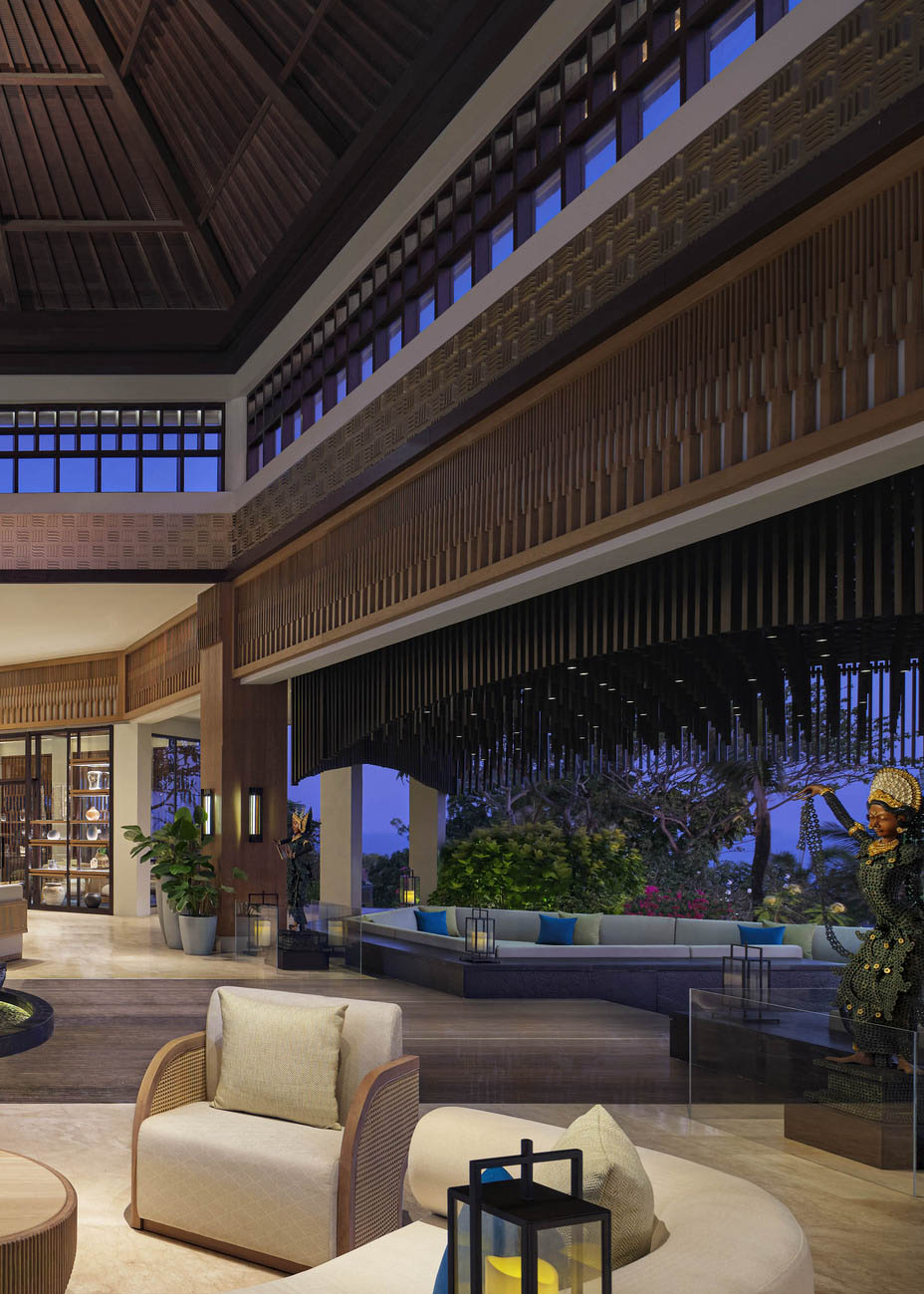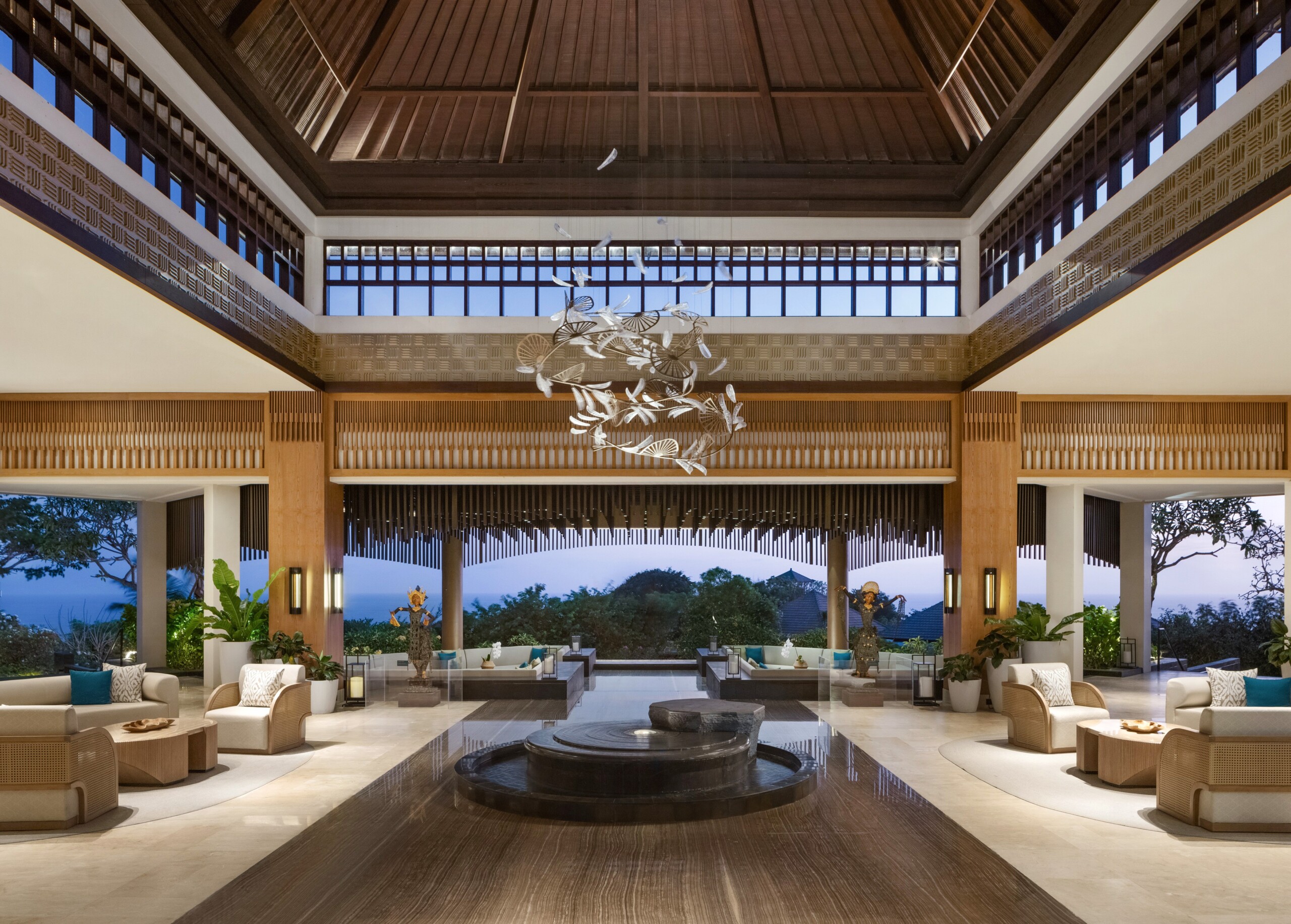Spiritual Travel: Designing to Connect Mind, Body, and Soul
By WATG
April 8, 2025
Wellness tourism, expected to reach a valuation of $1.4 trillion in 2027 (Global Wellness Institute), is evolving beyond physical health to encompass holistic experiences that nurture and balance the body, mind, and soul, giving rise to spiritual tourism. Travelers are seeking destinations that offer not only relaxation and rejuvenation but also opportunities for inner growth, mindfulness, and spiritual awakening. From retreats in sacred sites to immersive experiences in meditation, yoga, and ancient healing practices, this trend reflects a desire to reconnect with oneself and find deeper meaning by traveling.
In India, religious and spiritual tourism accounts for over 60% of all tourism, significantly contributing to the nation’s GDP. In 2022, India recorded approximately 1.433 billion domestic tourists undertaking pilgrimages, a significant increase from 677 million in 2021, in excess of a 110% growth.
Spiritual tourism blends cultural exploration with personal transformation, offering a path to mental clarity and emotional balance with the goal of attaining a deeper sense of well-being. Traditional pilgrimage destinations have long catered to this market, but the trend is now expanding into luxury hospitality, integrating high-end accommodations with profound spiritual experiences.
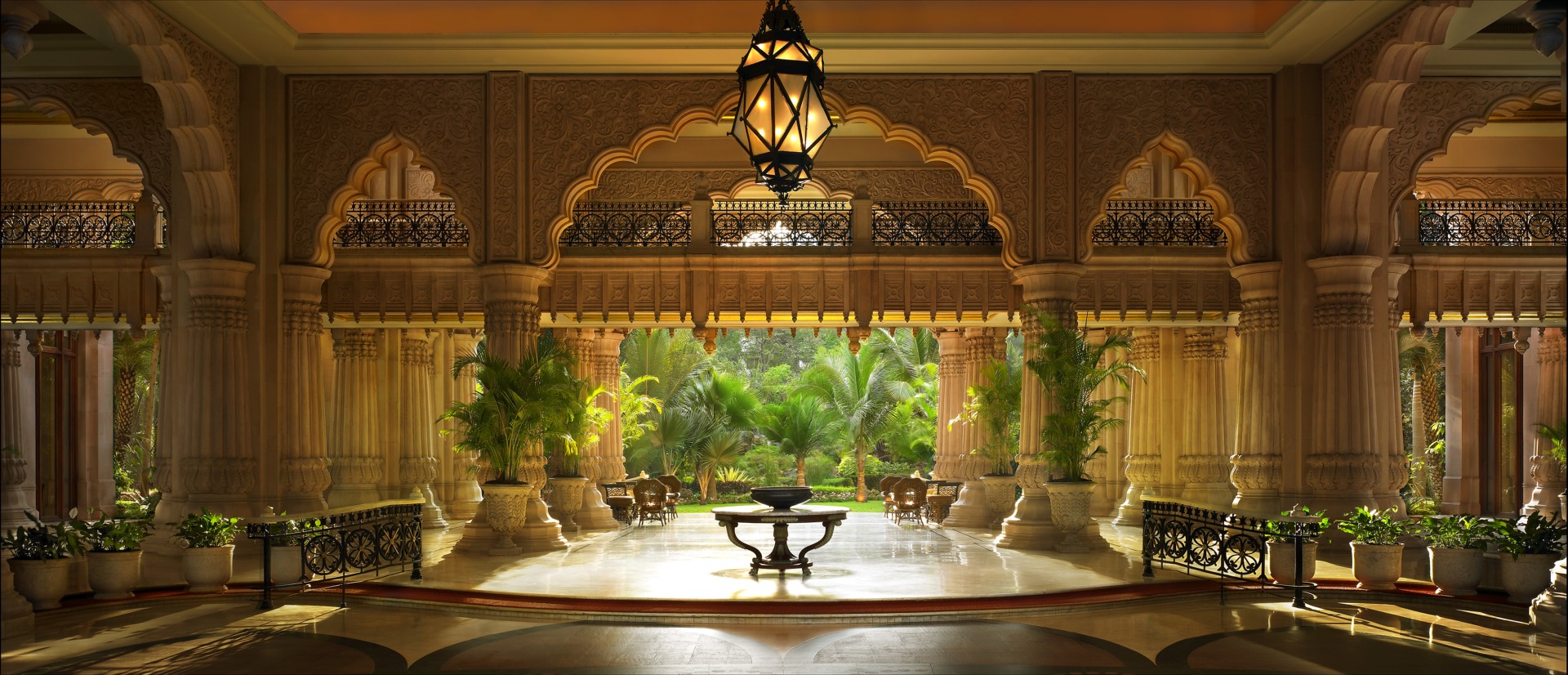
The Leela Palace Bengaluru
Dharamshala, India—already a well-known destination for spiritual seekers—is poised to see an increase in luxury accommodation options catering to its growing popularity. Other destinations in India, including Uttar Pradesh, Tamil Nadu, Karnataka, and Andhra Pradesh, are also experiencing a surge in pilgrimage travel. As announced in India’s Union Budget 2025, lesser-known destinations have been earmarked to be developed as spiritual tourism destinations, with infrastructure enhancement projects on the horizon to enhance their appeal to both domestic and global travelers.
Beyond religious tourism, spiritual travel also includes self-discovery through escapism and solitude against breathtaking natural landscapes or through immersive programming rooted in ancient philosophies and healing practices. Some travelers seek the serenity of remote locations—secluded mountain retreats, forest sanctuaries, or coastal hideaways—where they can disconnect from the distractions of modern life and reconnect with their inner selves. Others engage in soft programs that incorporate traditional wisdom, such as Ayurveda, Sucimurni, or indigenous healing rituals, offering a profound mind-body-spirit realignment. These experiences often include guided meditations, sound healing, energy work, and plant-based therapies, allowing travelers to embrace new perspectives and foster deep personal transformation. Whether it is through silent retreats, shamanic journeys, or personalized wellness itineraries, the essence of spiritual travel lies in creating intentional spaces where guests can cultivate mindfulness, self-awareness, and inner peace.
Designing Destinations for Spiritual Reconnection
To support this growing movement, hospitality design must move beyond aesthetics to craft environments that inspire reflection, tranquility, and deeper engagement with nature and cultural heritage. Architectural and interior design play a pivotal role in shaping experiences that foster mindfulness, whether through spatial planning, materiality, or the integration of sacred symbols and cultural motifs.
+ Always Honour the Site – Every spiritual destination has a unique energy and essence rooted in its natural surroundings. Design must work in harmony with the landscape, utilizing natural topography, local materials, and organic forms to create a seamless integration between the built environment and nature. Thoughtful site planning ensures that views, natural light, and air flow enhance the sensory and spiritual experience of the space.
+ Deep Respect for Community by Engaging with Locale – Authenticity is key in crafting meaningful spiritual experiences. Engaging with local artisans, spiritual leaders, and cultural experts allows for the infusion of indigenous wisdom, traditions, and craftsmanship into the design. This creates an immersive experience that resonates deeply with guests while fostering economic and social sustainability for the local community.
+ Prioritise Tranquility – Spaces designed for spiritual travel must cultivate stillness and serenity and invoke a journey of discovery. This can be achieved through spatial planning that encourages moments of pause and introspection, the use of calming textures, materials and colors, and water features within the landscape for acoustics benefits, and elemental symbolism.
Spiritual Travel – Where it is Headed
As spiritual travel continues to gain momentum, luxury hospitality brands will increasingly integrate elements of mindfulness, heritage, and environmental consciousness into their offerings. Whether through exclusive wellness retreats, immersive cultural programming, or seamless integration with the natural environment, the future of hospitality lies in creating experiences that nourish the soul as much as luxuriate the senses.
In a world where travelers seek deeper purpose in their journeys, hospitality design must evolve to meet these aspirations—offering not just a place to stay, but a sanctuary for transformation and connection. After all, as designers, we are not merely shaping buildings and spaces—we are crafting experiences that fulfill a deeper human longing. If we can create environments that resonate with purpose-driven spiritual travelers, offering them moments of reflection and awakening, then perhaps that, too, becomes a sacred calling for our profession.
Situated within a 72,000-hectare reserve and a UNESCO World Heritage Site, Rissai Valley, a Ritz-Carlton Reserve, in Jiuzhaigou, offers the ultimate destination for immersion in nature, escapism in quietude, and deep personal reflection.
The resort’s 87 luxury villas are set within a valley along the edge of the Tibetan Plateau, surrounded by panoramic views of the snowcapped Minshan mountain range, deep woodlands, and ancient villages. The architecture design incorporates elements of the local culture, integrating symbolic motifs and meaning into every aspect of the guest experience.
Upon arrival, guests pass through a grand entryway that signifies the start of a transformative journey—one where they leave behind the distractions of daily life and enter a space dedicated to renewal and discovery. The main public area complex is designed as an “endless Tibetan knot,” creating a continuous synergy between the various spaces, reinforcing themes of interconnectedness and spiritual harmony.
Umana Bali is rooted in both the unique landscape of the area and the profound local philosophy of Tri Hita Karana—the “three causes of well-being.” WATG and Wimberly Interiors were entrusted with the renovations and repositioning of the existing property, where architecture, landscape, and interior design seamlessly intertwine to transform this sprawling clifftop retreat into Southeast Asia’s first LXR Hotels & Resorts property on the Island of Gods.
At Umana Bali, spiritual beliefs are transformed into living works of art, supporting guests on their journey to self-discovery. Traditional customs and objects blend seamlessly into spatial experiences, creating a canvas that inspires mindfulness. This artful integration invites guests to immerse themselves in the rich tapestry of Balinese culture that permeates throughout the resort.
Latest Insights
Perspectives, trends, news.
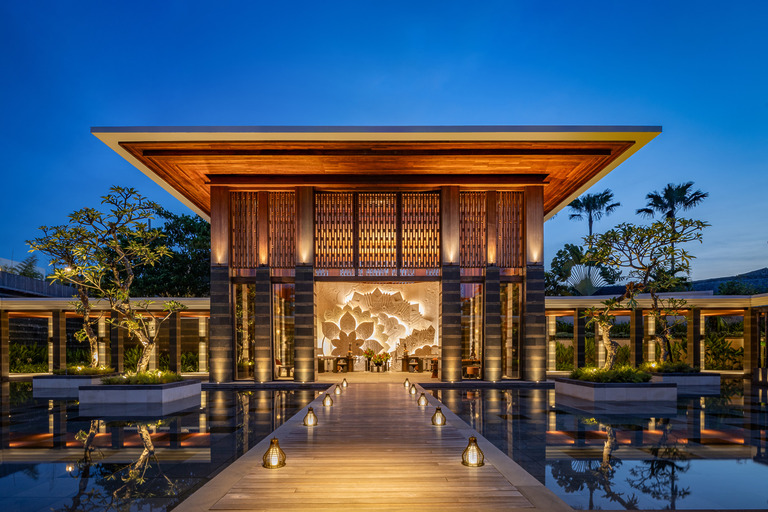
- News
2025: A Year in Review
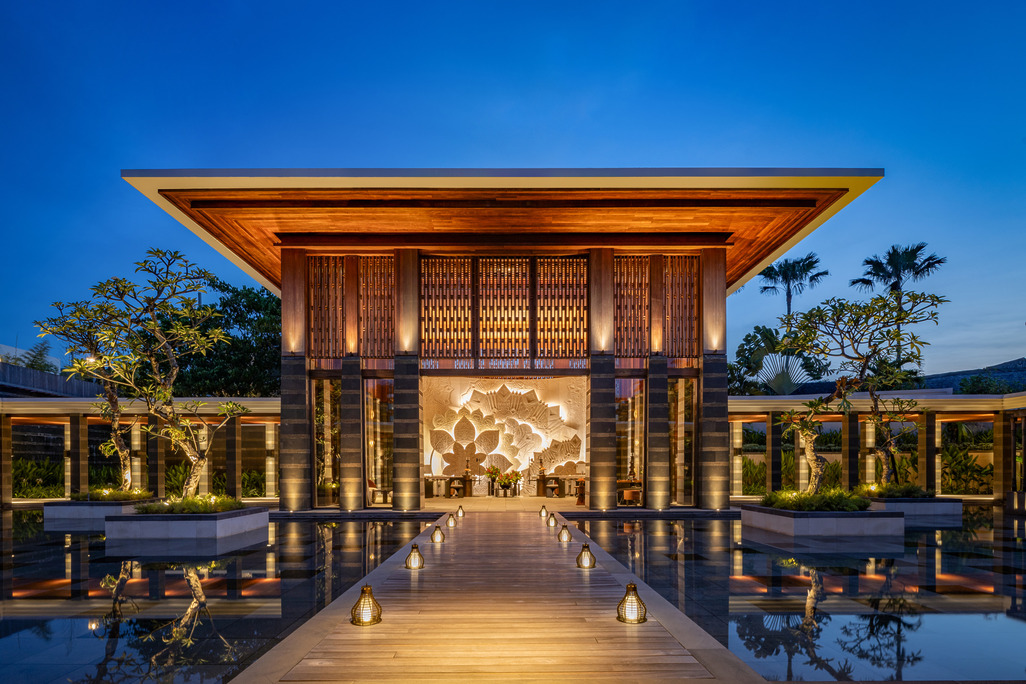
- News
2025: A Year in Review

- Strategy & Research |
- Design Thinking & Innovation
The Architect of the Future

- Strategy & Research |
- Design Thinking & Innovation
The Architect of the Future

- News
WATG Leads Landmark Initiative to Shape the Future of the Giza Pyramids

- News
WATG Leads Landmark Initiative to Shape the Future of the Giza Pyramids
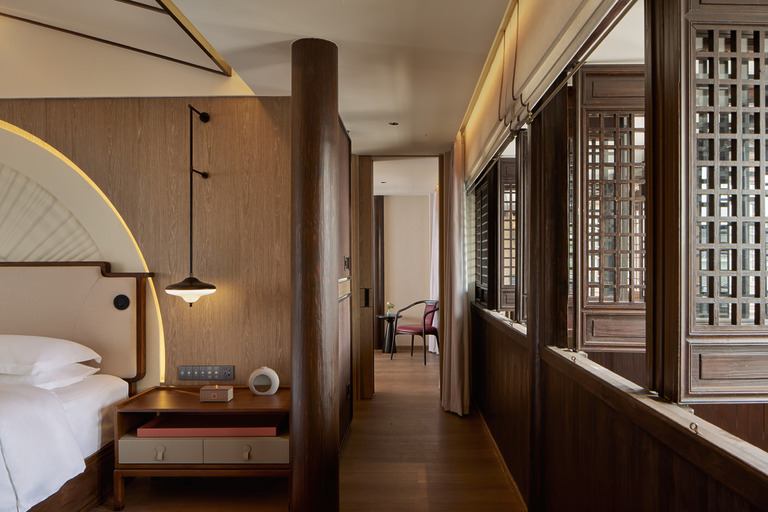
- Trends
Interior Design Trends 2026: Authenticity, resonance, and resilience.
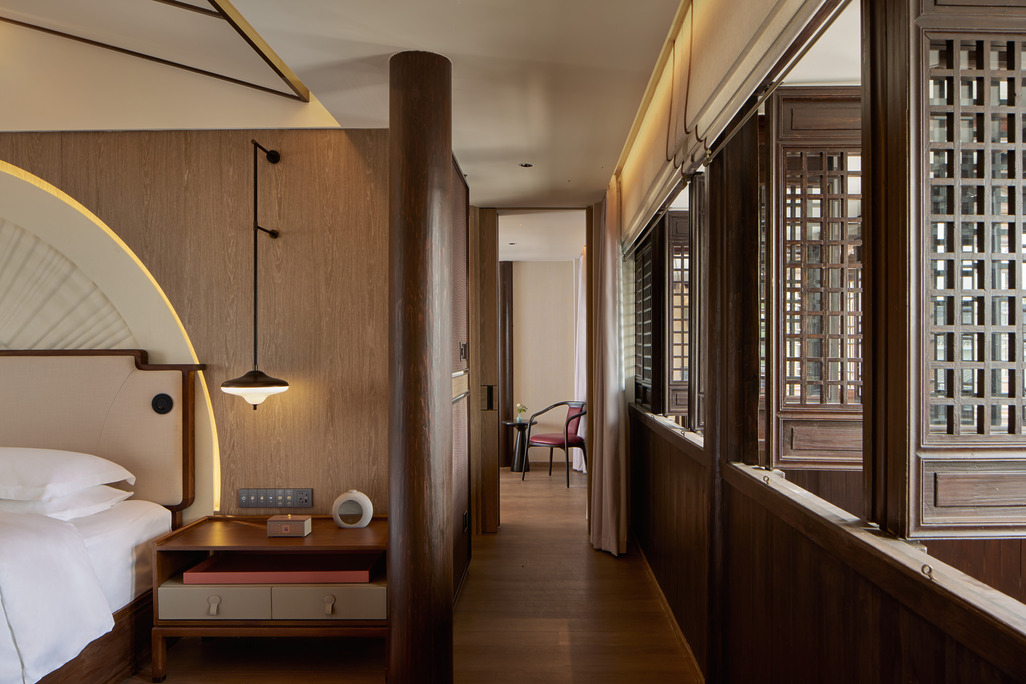
- Trends
